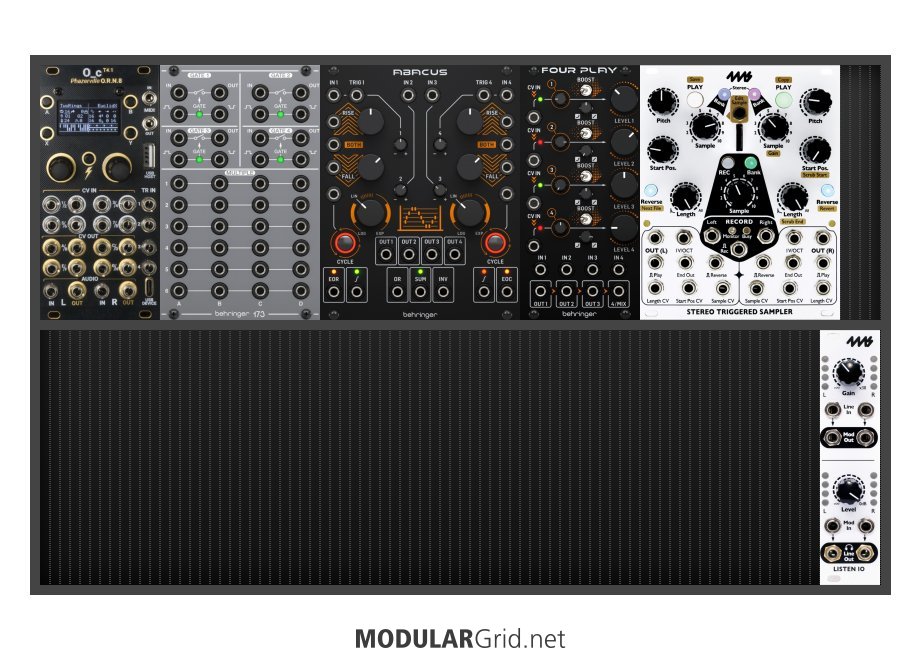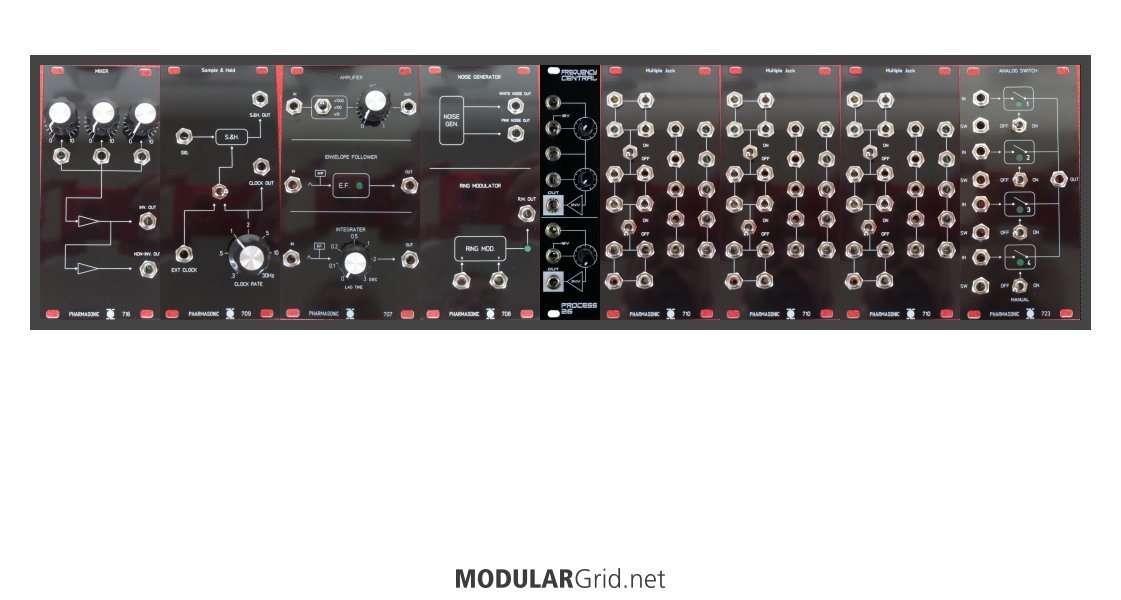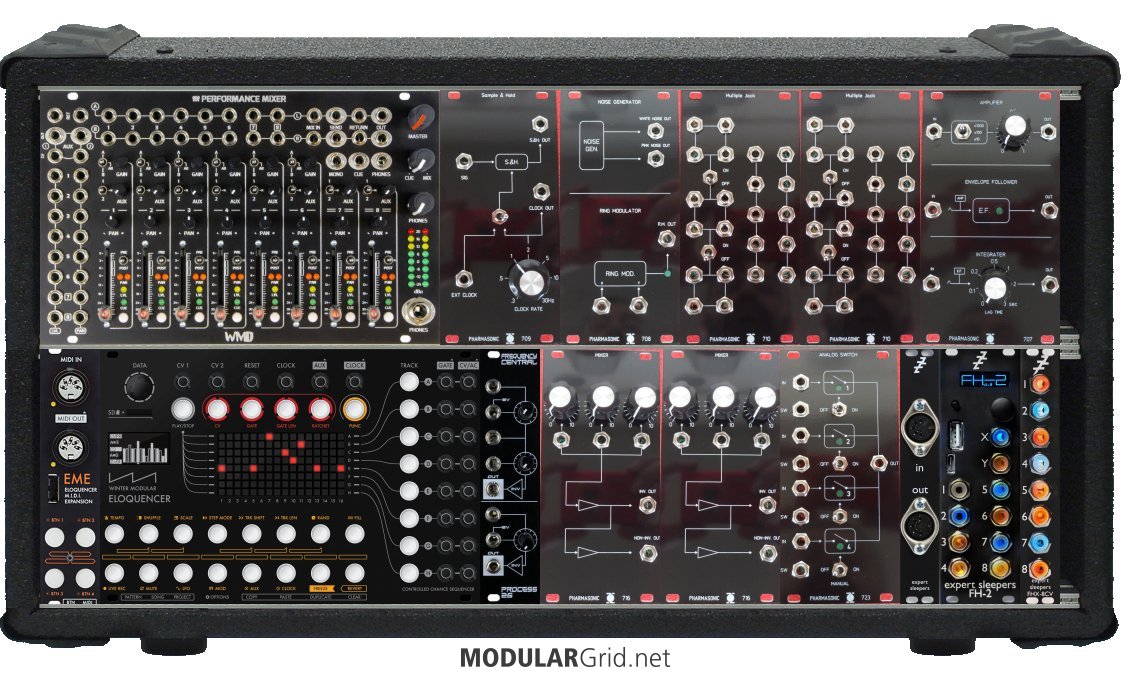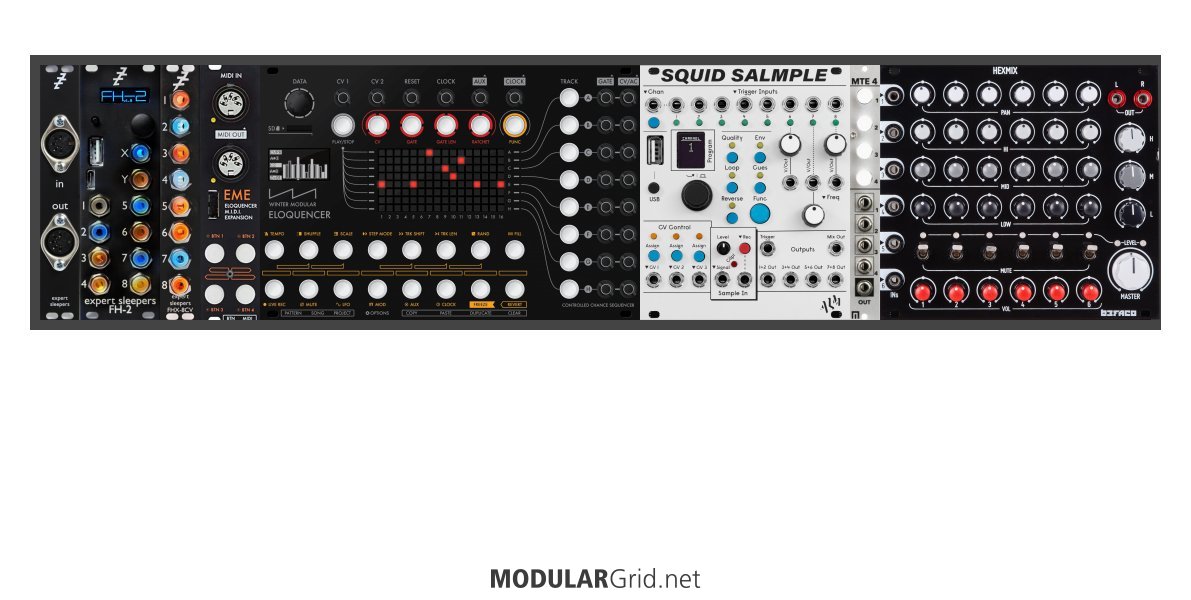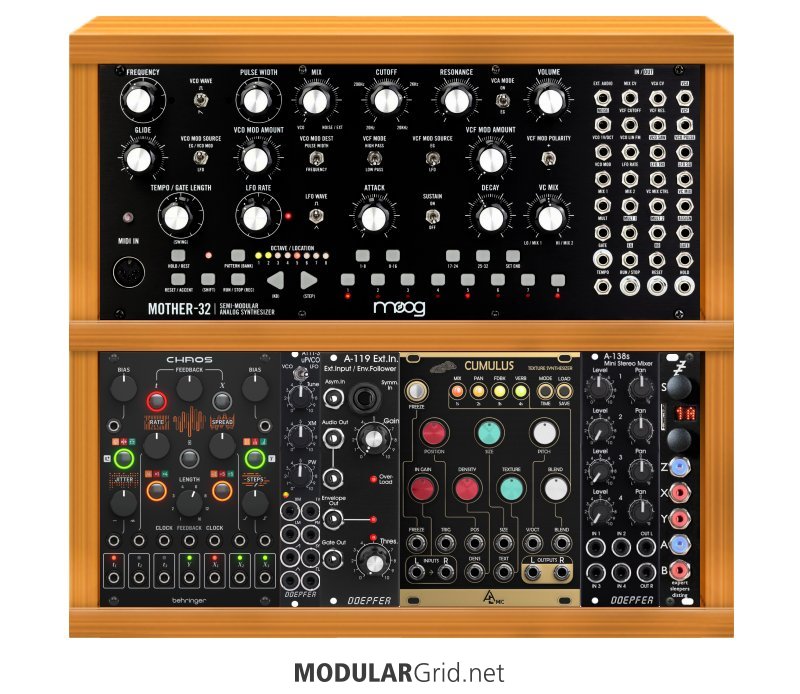@noodle_hut: Thanks for the suggestion. The assimil8or does look like a do it all sampler, but i fear that all those options are hidden behind a good amount of menu diving. I would like some more immediate control over the sounds, like on the STS. Besides, the used price is about as high as what i want to spent total.
The Beringer 173 would mostly be used for trigger gates or other logic related patching. If i understand it right, passive mults are a problem because of signal degradation/feedback?
@ferran_RMBL: That looks like a nice sampler. A display would make slicing alot easier i suppose, yet i would probably miss the direct control of the missing potentiometers. For straight up launching samples, it looks nice. But don't take my opinion for anything but an opinion of a total modular beginner.

